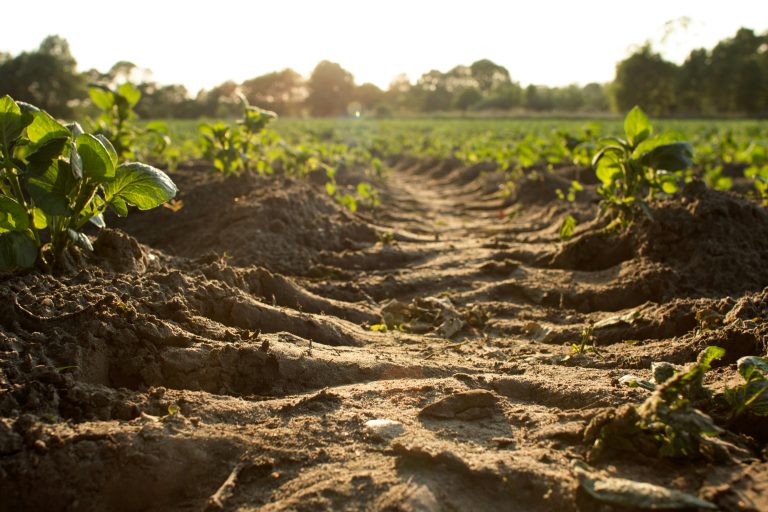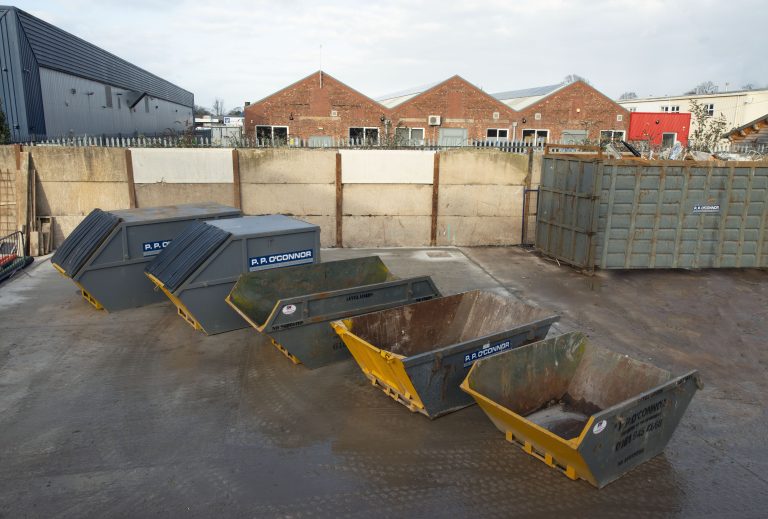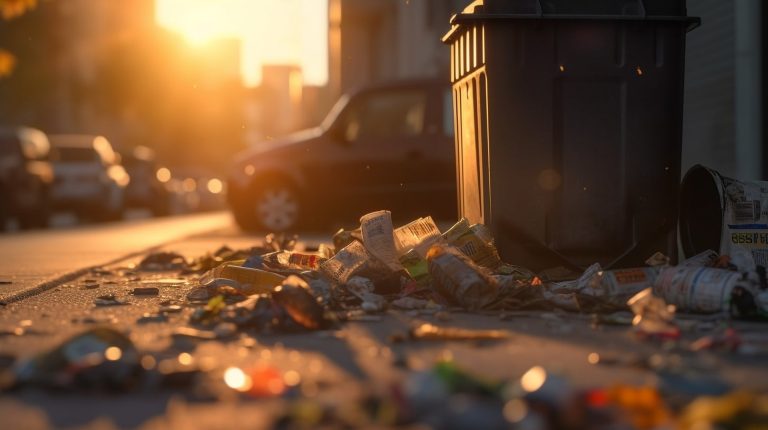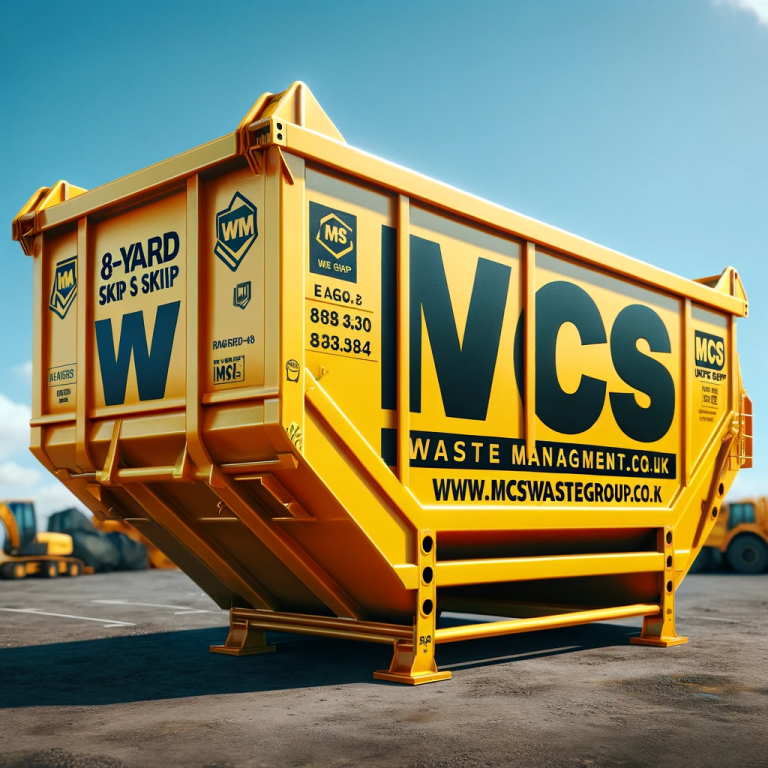Introduction to Waste Management
What is Waste Management?
Waste management encompasses a comprehensive range of activities and processes aimed at effectively managing waste from its inception to its final disposal. This includes not only the collection, transportation, and disposal of waste but also monitoring, treatment, and regulation of the waste management process. Effective waste management is integral to urban sanitation and environmental health. It involves a systematic approach to dealing with waste materials, ensuring they are handled in a way that minimizes their impact on the environment and human health.
The Importance of Waste Management
The critical importance of waste management lies in its direct impact on the environment, public health, and aesthetics of communities and cities. Efficient waste management systems prevent the spread of diseases by ensuring waste is safely contained and treated. Environmentally, proper waste management reduces pollution, conserves natural resources, and diminishes greenhouse gas emissions. Economically, effective waste management can create jobs, promote innovation in recycling and waste-to-energy technologies, and contribute to a sustainable circular economy.
Historical Evolution of Waste Management Practices
The history of waste management reflects human civilization’s evolving relationship with the environment. In ancient times, waste was simply dumped outside city walls. The industrial revolution, with its population boom and urbanization, led to the accumulation of waste in cities, necessitating organized waste management systems. The 20th century saw the development of landfilling, recycling, and waste-to-energy as key waste management strategies. Today, the focus is increasingly on sustainability, with efforts to minimize waste generation and maximize recycling and reuse, reflecting a growing global awareness of environmental conservation.
Types of Waste
Classification of Waste
- Solid Waste: This broad category includes a wide range of everyday items, from household garbage to industrial waste. It’s typically categorized further based on its source (residential, commercial, institutional, or industrial) and nature (hazardous or non-hazardous).
- Liquid Waste: Encompasses a variety of liquid substances from residential, commercial, and industrial sources. This includes wastewater, fats, oils, and grease from kitchens, and hazardous liquids from industrial processes.
- Organic Waste: Comprises biodegradable material like food scraps, yard waste, and paper. It is pivotal in composting processes, turning organic matter into valuable compost for agriculture and landscaping.
- Recyclable Waste: Involves materials that can be reprocessed into new products, ranging from common household items like paper and glass to more complex items like electronics.
- Hazardous Waste: Includes materials that pose substantial or potential threats to public health or the environment. This category is tightly regulated due to the dangers associated with its mismanagement.
Environmental and Health Impacts
Each waste type has distinct environmental and health impacts. Solid waste, if not properly managed, can lead to unsanitary conditions fostering disease and pollution. Liquid waste can contaminate water sources, affecting both ecosystems and human health. Organic waste in landfills generates methane, a potent greenhouse gas, while improper recycling can lead to the wasteful use of resources. Hazardous waste poses the most direct risk to health and the environment, requiring meticulous handling and disposal.
Principles of Waste Management
The Waste Hierarchy
- Reduce: This first and most effective step involves reducing waste at its source. It encourages alterations in design, production, and consumption patterns to prevent waste creation. This could involve choosing products with less packaging, designing products for longer life, or adopting more efficient manufacturing processes.
- Reuse: Reuse involves finding ways to use products repeatedly. It extends a product’s lifecycle, delaying its entry into the waste stream. Examples include using reusable bags instead of single-use plastics, repurposing glass jars, and donating old clothes and electronics.
- Recycle: Recycling transforms waste materials into new products, reducing the need for raw materials. It involves collecting, processing, and manufacturing. Effective recycling requires consumer participation in proper waste segregation and support for recycled products.
Long-term Benefits of Adhering to these Principles
Adopting these principles can lead to significant long-term environmental benefits, such as reduced landfill use, conservation of natural resources, and decreased pollution and greenhouse gas emissions. Economically, it can lead to savings in waste management costs, create jobs in the recycling sector, and stimulate innovation in sustainable product design and waste processing technologies.
Waste Collection and Transportation
Methods and Challenges in Waste Collection
Effective waste collection systems are tailored to the types of waste and the specific needs of the area served. Methods range from door-to-door collection, communal bin systems, to specialized hazardous waste collection services. Challenges in waste collection include managing the cost-efficiency of the service, ensuring the health and safety of waste collection workers, and adapting to the changing waste stream composition.
Transportation Logistics and Environmental Considerations
The transportation of waste is a crucial step that requires careful planning to minimize its environmental footprint. This involves optimizing routes for efficiency, using vehicles that minimize emissions, and considering the overall environmental impact of transportation activities. The goal is to reduce the carbon footprint of waste transportation through route optimization, vehicle efficiency, and alternative fuel use.
Innovations in Waste Collection and Transportation
Recent innovations include the adoption of electric and hybrid vehicles, which significantly reduce emissions. Automated collection systems and smart bins equipped with sensors to monitor waste levels are also becoming more common. These technologies improve the efficiency and environmental impact of waste collection and transportation.
Waste Treatment and Disposal Methods
Overview of Various Treatment Methods
- Landfill: Modern landfills are engineered facilities designed to minimize environmental impact. They are lined to prevent leachate contamination and equipped with gas collection systems to capture methane for energy production.
- Incineration: Waste-to-energy plants are a form of incineration that converts waste into electricity or heat. They are equipped with advanced pollution control technologies to reduce emissions.
- Composting: This biological process decomposes organic waste, turning it into valuable compost. It’s a natural way to recycle organic material like kitchen scraps and yard waste.
- Recycling: Involves reprocessing waste materials into new products. This can range from simple processes like grinding up plastic bottles to more complex methods like chemically treating metals.
Advantages and Disadvantages of Each Method
- Landfill: Although inexpensive, landfills can have long-term environmental impacts, such as methane emissions and potential groundwater contamination.
- Incineration: While it reduces waste volume and generates energy, incineration can be costly and faces public opposition due to concerns about emissions and ash disposal.
- Composting: It enriches soil and reduces greenhouse gas emissions, but can be challenging in urban areas due to space and odor considerations.
- Recycling: Recycling conserves resources and reduces landfill use, but its effectiveness depends on proper sorting, market demand for recycled materials, and the energy cost of the recycling process.
Environmental Impact and Sustainability of Disposal Methods
Choosing the most sustainable disposal method depends on various factors, including the type of waste, local infrastructure, and environmental regulations. Integrated waste management approaches that combine these methods are often the most effective and sustainable. They allow for the maximization of resource recovery and minimize the environmental impact of waste disposal.
Recycling and Its Impact
In-Depth Discussion on Recycling Processes
Recycling involves a series of steps starting from the collection of recyclable materials from households, businesses, and recycling centers. The collected materials are then transported to material recovery facilities where they are sorted, cleaned, and prepared for processing. The sorted materials are then reprocessed into raw materials and, subsequently, into new products. This process varies for different materials; for example, paper is pulped, and metals are melted down. Advanced recycling processes also include chemical recycling techniques for plastics, which break down polymer chains for reformation into new plastics.
Benefits of Recycling for the Environment and Economy
Environmentally, recycling reduces the strain on limited natural resources, minimizes greenhouse gas emissions, and cuts down on pollution. Economically, it can lead to significant cost savings by reducing the need for raw material extraction and processing. Recycling also fosters economic growth by creating jobs in the collection, sorting, and processing industries. The development of a recycling industry can stimulate local economies, promote innovation in recycling technologies, and contribute to a sustainable circular economy.
Challenges and Future Trends in Recycling
The recycling industry faces several challenges, including contamination of recyclable materials, varying market demand for recycled products, and the complexity of recycling certain materials. Future trends in recycling point towards technological innovations, such as improved sorting technologies, more efficient recycling processes, and the development of new markets for recycled materials. There is also a growing focus on designing products for recyclability, which will play a significant role in enhancing the efficiency and effectiveness of recycling systems.
Hazardous Waste Management
Definition and Examples of Hazardous Waste
Hazardous waste includes any waste material that is dangerous or potentially harmful to human health or the environment. Common examples include industrial chemicals, electronic waste, medical waste, automotive products like oil and batteries, and household items like paints, cleaners, and pesticides. The nature of these materials often requires special handling, treatment, and disposal techniques to prevent harm.
Special Considerations in Hazardous Waste Management
Managing hazardous waste involves identifying the hazardous properties of the waste, determining appropriate handling and disposal methods, and complying with all regulatory requirements. Special considerations include ensuring the safety of workers handling the waste, preventing environmental contamination, and adhering to transportation regulations for hazardous materials. Facilities that handle hazardous waste must be specially equipped and certified to manage such materials safely.
Regulations and Best Practices for Handling Hazardous Waste
The management of hazardous waste is governed by strict regulations that vary by country and region. These regulations typically include requirements for labeling, storage, transportation, treatment, and disposal. Best practices in hazardous waste management involve implementing a comprehensive hazardous waste management plan, regular training for personnel, and ensuring all activities comply with environmental and health and safety regulations.
Waste Management in Different Sectors
Residential Waste Management
Residential waste management primarily deals with household waste, which includes everyday items such as packaging, food scraps, and home appliances. Effective management of residential waste involves regular garbage collection, recycling programs, and, increasingly, organic waste collection for composting. Challenges in residential waste management include encouraging households to participate in recycling and composting programs, managing the variability of waste composition, and addressing the issue of increasing waste generation.
Commercial and Industrial Waste Management
Commercial and industrial waste management requires handling a wide range of waste types, often in significant volumes. This waste can include office waste, manufacturing by-products, construction debris, and hazardous materials. Effective management in these sectors involves waste minimization strategies, recycling and reuse programs, and safe disposal of hazardous and non-recyclable waste. The key challenges are reducing the volume of waste generated, ensuring compliance with environmental regulations, and managing the cost of waste disposal.
Municipal Waste Management
Municipal waste management involves the oversight and administration of waste collection, treatment, and disposal across cities and towns. This includes setting up efficient waste collection systems, operating waste treatment facilities, and implementing waste reduction and recycling programs. Municipalities also play a critical role in educating the public about responsible waste disposal and recycling practices. Challenges include budget constraints, the need for infrastructure development, and adapting to the changing waste landscape due to new materials and products.
Global Waste Management Practices
Comparison of Practices in Different Countries
Waste management practices vary significantly across the globe, influenced by factors such as economic development, environmental policies, cultural norms, and geographic conditions. Developed countries often have more advanced and structured waste management systems, with higher rates of recycling and efficient waste-to-energy conversion technologies. For instance, countries like Sweden and Denmark lead in waste-to-energy initiatives, while Germany and South Korea are known for their high recycling rates. In contrast, many developing countries face challenges due to inadequate waste management infrastructure and informal waste sectors, leading to higher rates of landfill use and environmental pollution. Efforts to improve waste management in these regions often focus on developing infrastructure, formalizing waste sectors, and increasing public awareness and participation.
Success Stories and Areas Needing Improvement
There are notable success stories in global waste management. For example, Japan’s meticulous approach to waste segregation at the source and community participation in recycling programs sets a high standard. Similarly, the Netherlands’ integrated waste management system, emphasizing waste prevention and recycling, showcases effective policy and public engagement. However, there are areas that require significant improvement globally. These include reducing reliance on landfills, managing the growing problem of electronic waste, and addressing the challenge of plastic pollution in oceans. Enhancing global waste management practices requires not only technological solutions and policy interventions but also changes in public behavior and consumption patterns.
The Role of International Cooperation in Waste Management
International cooperation plays a vital role in addressing the global challenges of waste management. This includes sharing best practices, technological know-how, and policy experiences among nations. International agreements and initiatives, such as the Basel Convention on the Control of Transboundary Movements of Hazardous Wastes and their Disposal, play a crucial role in managing hazardous waste and preventing illegal dumping. Development aid and partnerships are also essential in building waste management capacity in developing countries. Global cooperation is key to tackling issues like marine plastic pollution and climate change, which require collective action beyond national borders.
Innovations and Future Trends in Waste Management
Emerging Technologies in Waste Management
The field of waste management is experiencing rapid technological advancements. Artificial Intelligence (AI) and Machine Learning (ML) are being increasingly used to optimize collection routes, manage recycling facilities, and improve waste sorting efficiency. The Internet of Things (IoT) plays a significant role in waste management, with smart sensors in bins and fleets providing real-time data for better decision-making. Robotics and automation in waste sorting and processing are gaining traction, leading to more efficient recycling operations. Innovations in biological treatment processes, like anaerobic digestion and advanced composting techniques, are enhancing the ability to process organic waste more effectively.
Potential Impact of Innovations on Future Waste Management
These technological innovations hold the potential to revolutionize waste management practices. Enhanced sorting and recycling technologies can lead to higher recycling rates and better-quality recycled materials. Automation and AI can improve the efficiency and cost-effectiveness of waste collection and processing. Innovations in biological treatment and waste-to-energy technologies can provide more sustainable methods for waste disposal, reducing reliance on landfills. As these technologies become more widespread, they have the potential to significantly reduce the environmental impact of waste and contribute to the development of a circular economy.
The Role of Public Awareness and Education
Public awareness and education are crucial components of effective waste management. Educating the public about the importance of waste reduction, proper segregation for recycling, and the environmental impact of waste is essential for the success of waste management programs. Community engagement initiatives, school education programs, and public campaigns play a significant role in fostering a culture of environmental responsibility. As new technologies and practices emerge, keeping the public informed and involved is key to their successful implementation and to driving change in consumer behavior and waste practices.








